In traditional Chinese medicine, acupuncture refers to the insertion of fine needles into specific parts of the human body with the aim of treating a range of symptoms. In a similar way, urban acupuncture refers to the theory of manipulating the urban fabric on a small scale to affect greater socio-environmental impacts. In this article, we look at how pocket parks might be used as an urban acupuncture tool.
Urban acupuncture
The phrase ‘urban acupuncture’ was first coined by the Spanish architect and city planner Manuel de Solà, and was later popularised by Finnish architect Marco Casagrande. Key to the theory is understanding the city as a holistic whole, more like a living being than a collection of dissident phenomena. Urban acupuncture theory proposes that problems within the city can be alleviated through small interventions at specific localised sites. Sites are selected through an integrated approach of data gathering, community involvement, and site analysis. Once selected, interventions are designed and implemented to enable greater impacts on the surrounding areas and wider afield throughout the city. One common misapprehension about urban acupuncture is that sites and interventions must always be small. Tiago Olivera of Arup argues that one of the most important features of urban acupuncture is that the intervention should be swift. Quick to implement, and quick to alleviate the stresses on the city. Another important feature of urban acupuncture is that it should follow a ‘bottom-up’ approach. Many larger-scale interventions take a long time to implement, take up vast swathes of land, and cost great sums. Often local residents can feel that these grand plans are forced upon them. The opposition to the proposed garden bridge in London by Heatherwick Studios demonstrates the level of hostility a top-down approach to planning can bring.
Pocket parks
Pocket parks are small-scale parks or gardens that provide green space for local residents, close to where they live or work. Key features of pocket parks include their small scale, community focus, and location (check out Land8’s 7 Top Pocket Parks: Small Spaces With a Huge Impact for examples). Location is of the utmost importance to the success of pocket parks. Ideally, residents shouldn’t have to walk more than 5-10 minutes to reach their nearest pocket park. They should also be located at nodal spaces, where local public transport links, roads, footpaths and greenways, and local services such as shops come together.

Paley Park New York by Aleksandr Zykov CC2.0
Pocket parks as urban acupuncture
Pocket parks offer opportunities for urban acupuncture due to their scale and relatively low installation costs. Providing large green recreational spaces can be expensive for a local authority. However, pocket parks that utilize derelict land can cost as little $150,000. There are often a number of funding bodies that can help a local community realize a pocket park.
The greening of derelict land can have impressive results for the social and cultural well-being of residents. Research from the University of Pennsylvania revealed that when vacant plots were greened, residents in low-income neighbourhoods reported “significant decreases” in feelings of depression, and lower cholesterol levels. The study even noted a significant reduction in gun crime in the area surrounding the interventions. In these cases, the interventions were minimal, often just cleaning up the lot and laying it to grass at an average cost of $1,500.
When considered as urban acupuncture, pocket parks can lead to investment and regeneration in an area. Architect Jamie Lerner notes that quick (and even temporary) interventions such as pocket parks can demonstrate how other interventions can be implemented. He points to Paley Park in New York City as an example of how a well-implemented pocket park can lead to urban regeneration. He also notes that pocket parks can alter the course of local planning, often stimulating other interventions including investment in green infrastructure such as urban greenways.
Sitting on an empty lot in central Taipei, Cicada by Casagrande Laboratory is an urban acupuncture intervention that comprises a grassy open space with a woven bamboo cocoon measuring 34 meters (112 feet) long. The intervention intends to create a conversation between modern man, the city of Taipei, and the reality of nature. Although the intervention ticks the boxes of being small and locally focused, the real key to the success of interventions such as this is the fluidity of the program. The site and structure can be used for a number of community activities, most notably as a lounge for the local university students.
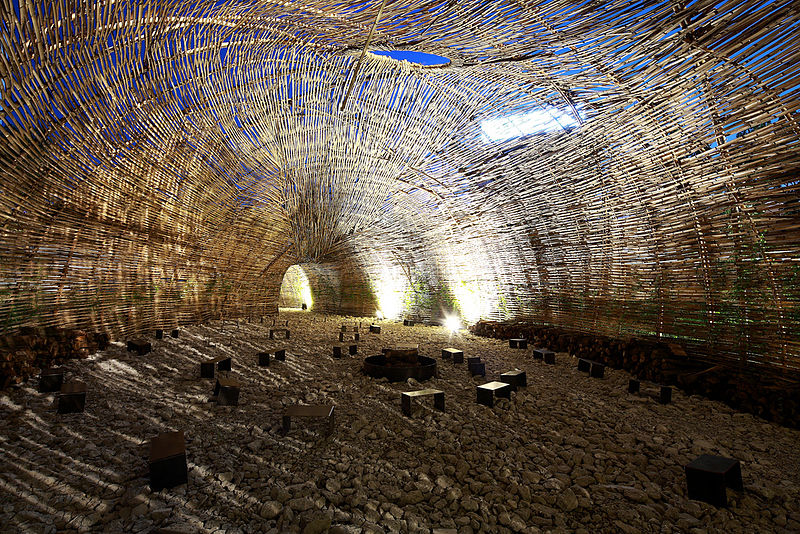
Cicada_night_interior_Marco_Casagrande_by
Pocket parks and urban regeneration
There have been several studies suggesting that the implementation of pocket parks has positive effects on property values. For example, one 1973 study noted that properties immediately facing a park had on average a 23% greater value than that one block away. More recent studies point to the importance of the quality of the park in increasing property value.
One possible criticism of using pocket parks as urban acupuncture could be that the urban regeneration it fosters can contribute to gentrification. Gentrification is the term used to describe the displacement of low-income residents by those of higher income. With an increase in property values comes an increase in rents. This is often associated with urban regeneration, or where previously affordable, but less desirable areas become more fashionable. This has been evidenced in areas of Manhattan facing the High Line.
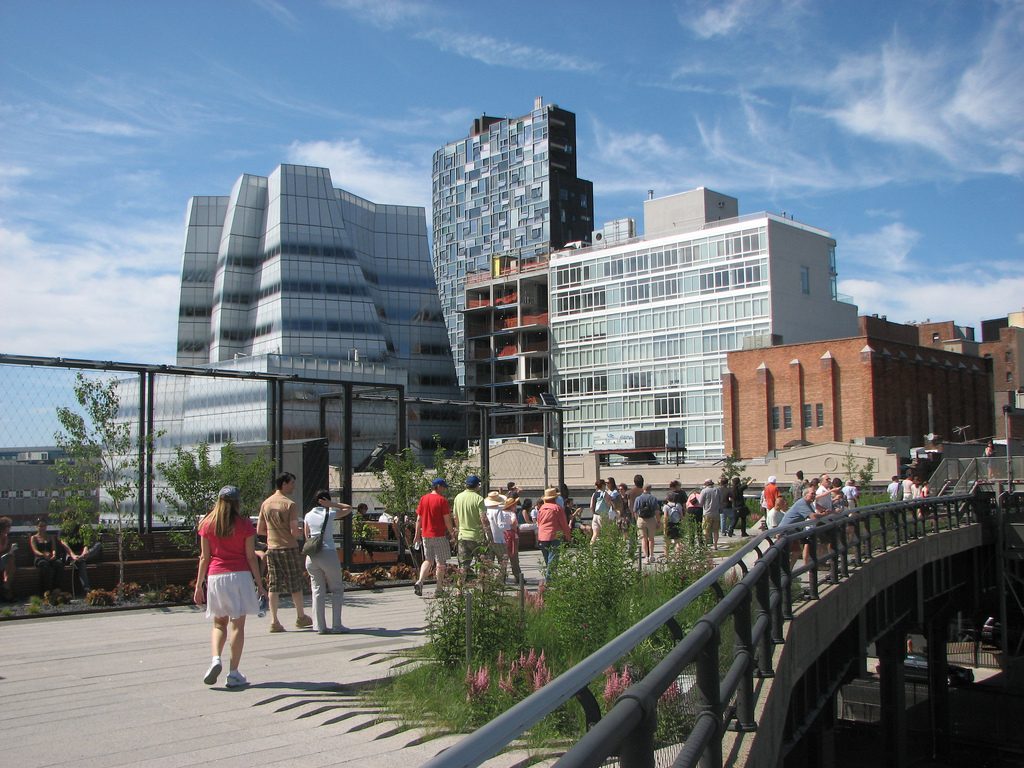
High Line Park – New York City – July 09 by David Berkowitz CC2.0
Balancing pocket parks and urban regeneration
Pocket parks are an ideal tool to consider in urban acupuncture. Quick and cheap to implement, they can have positive effects on the health and well-being of the local residents, encourage entrepreneurship through pop-up shops and services, and have positive effects on property values. Key to their success seems to be in the careful consideration of their placement and use, and a community participatory ‘bottom-up’ approach. This is one of the tenets of good urban acupuncture. It seems successful projects are not the headline-grabbing big scale or expensive projects, but the small-scale, quick to implement, projects of low cost but high value.
—
Article written by Ashley D Penn with research by Valeria Currò
Lead Image: needlecrowd.com
Published in Blog, Cover Story, Featured


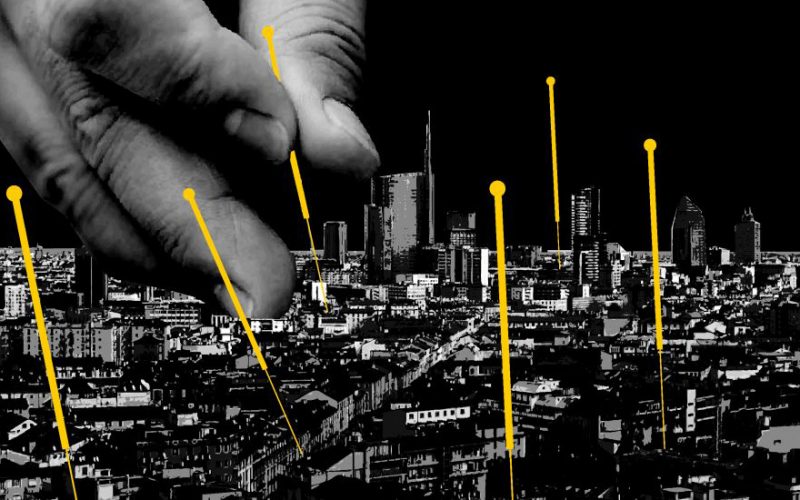

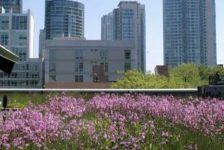

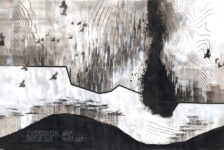
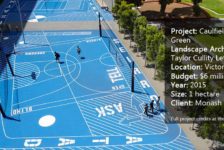
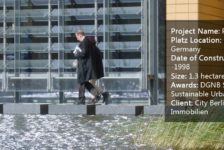
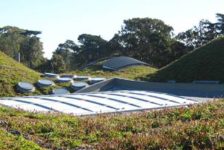
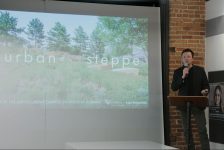
Arnaud Van Blommen
Thank you for this very interesting article.
Although they are useful, I see Pocket Parks more as a cruel defect of public authorities (and private) investment in large public spaces.
Better Pocket Parks than nothing at all but let’s not forget that it’s a patch on a lack of commitment and decision-making.
Jolma Architects
Hi Armaud,
Thank you for taking the time to read out article and comment. Whilst it can be frustrating when public bodies don’t invest in large public open spaces, for me, it is not an ‘either/or’ situation. I think we should be campaigning for both. I believe pocket parks have a vital role to play in the city.
Arnaud Van Blommen
I agree but i hope too to have yet large public parks / open spaces (and investment) for people 🙂
Amro Taibah
Great article! While the socioeconomic impacts are evident in this piece, I think that pocket parks can also have other benefits pertaining to urban biodiversity as well. And I fully agree it’s NOT an either/or situation especially from an urban ecology stand point. Every allotment matters!